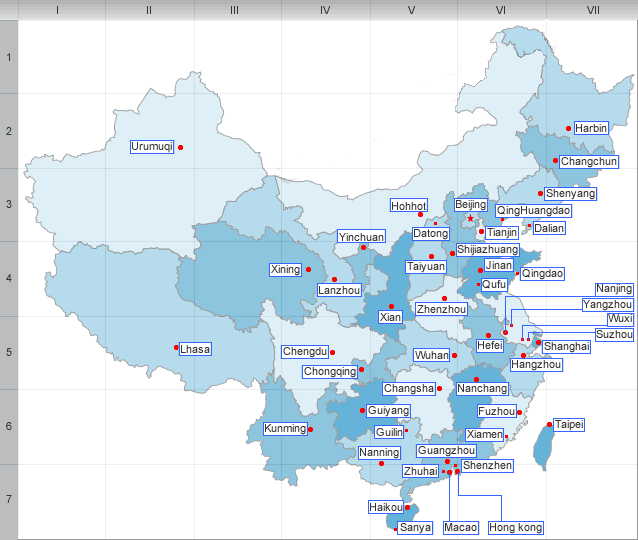Economy and Tourism of Guangxi
Economy
Guangxi is in the double-crop agricultural belt, but because of the hilly and mountainous terrain only about 10% to 15% of the land is cultivated. Rice is an important crop, and Guangxi is a major sugarcane-producing area. Wheat, corn, sweet potatoes, peanuts, tropical and subtropical fruit, sesame, rapeseed, jute, and tobacco are also grown. Forestry is centered on Liuzhou; timber and tung oil are valuable commodities. Fishing is an important industry; the nearby Gulf of Tonkin has fishing grounds rich in croaker, herring, squid, perch, and mackerel.
Guangxi has more tin, manganese, and indium deposits than any other province of China. Tourism is a growing industry.
Tourism
The major tourist attraction of Guangxi is Guilin, a town famed across China and the world for its spectacular setting by the Lijiang River amongst severe karst peaks. It also used to be the capital of Guangxi, and Jingjiang Princes City, the old princes residence, is open to the public. South of Guilin down the river is the town of Yangshuo, which has become a favourite destination for foreign tourists, particularly backpackers.
Ethnic minorities native to Guangxi, such as the Zhuang and Dong, are also interesting for tourists. The northern part of the province, bordering with Guizhou, is home to the Longshen rice terraces, said to be some of the steepest in the world.
| PREV:History,Culture and Ethnic group of | Next:Geography and climate of Hubei |



